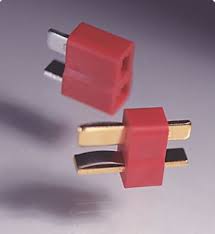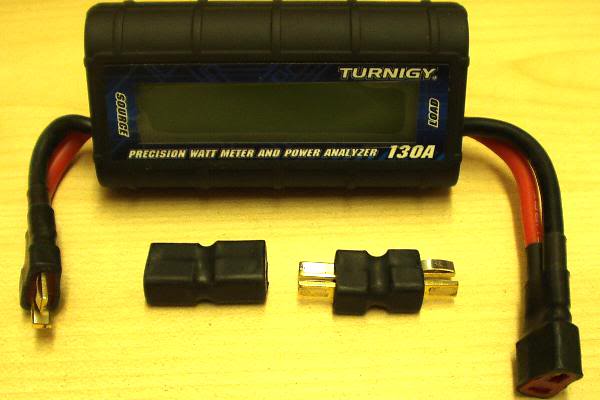If your battery wires are going to be a permanent fixture and don't need to be unplugged, then soldering is probably the best way of joining those wires.
However, if they will need to be disconnected when the battery or wheel is removed, then it is going to be better to use some suitable crimped or soldered connectors that cannot be accidentally reversed.
The 50A Anderson connectors are quite large, which is why I use the smaller Deans style "T" connectors on my bikes which are quick and easy to disconnect and reconnect:

It also enables me to easily fit a Wattmeter into the battery circuit if required:

The homemade gender changers shown above allow the "Source" and "Load" connections on the Wattmeter to be reversed
(not the polarity) for measuring regen current instead of motor current.

My most recent battery has a separate mounting plate that the battery slides into, but I still have "T" connectors on the wires between the fixed battery holder and the motor.
In addition to using the Wattmeter and allowing the motor to be removed easier when you need to remove the tyre etc., it also allows me to carry an additional battery pack fitted with the same "T" connector, so that I can simply plug the motor harness into the second battery should I need additional battery capacity for longer trips.
Unfortunately, these "T" connectors would still need to be soldered to the wires
(and safely insulated to prevent any shorts), so your soldering skills will hopefully improve with practise.
 Alan
Alan